When Tesla held their 2017 showcase online, they introduced the Model 3 as their lowest cost, most attainable EV for the average consumer, as well as announced the return of the Roadster at some point in the future. However, that was not all that they introduced, as the Tesla Semi was also debuted to a surprised internet. It was not something that anyone was expecting nor had even imagined happening.
While some manufacturers such as Volvo had already dabbled in hybrid and EV commercial trucks, it wasn’t until the Semi EV was announced that a true market started to form. In short, manufacturers renown for their semi-trucks saw the potential that the Tesla EV Semi had, and were quick to start their own programs. There was a lot of talk back in 2018 and 2019 about how soon we would be seeing long-haul EVs, and how all the research and development would trickle down to consumer EVs.
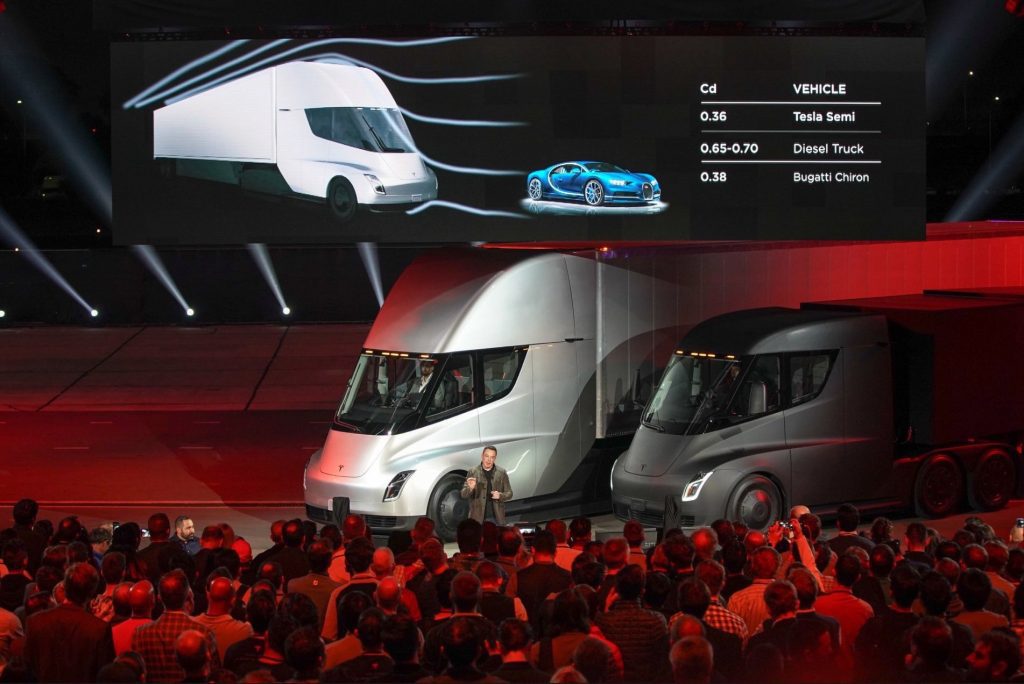
Yet, that is all that it was at the time: Talk.
It was revealed in 2022 that making an EV semi-truck was a lot more difficult than originally thought, with a lot of truckmakers quick to point out that a lot of the hauling industry was pretty resistant to change as well. Not only did you need monstrous electric motors, there was a need for a whole new power delivery system to give those motors enough power to provide the torque needed.
Unlike a turbo-diesel in a regular semi, there is no overboost function with an EV powertrain. It’s all the torque at 0 RPM, so it needed to be a very large number, and that meant that the DC motors would need to be extremely robust and be able to handle moving several tons of weight repeatedly from a stop and start perspective.
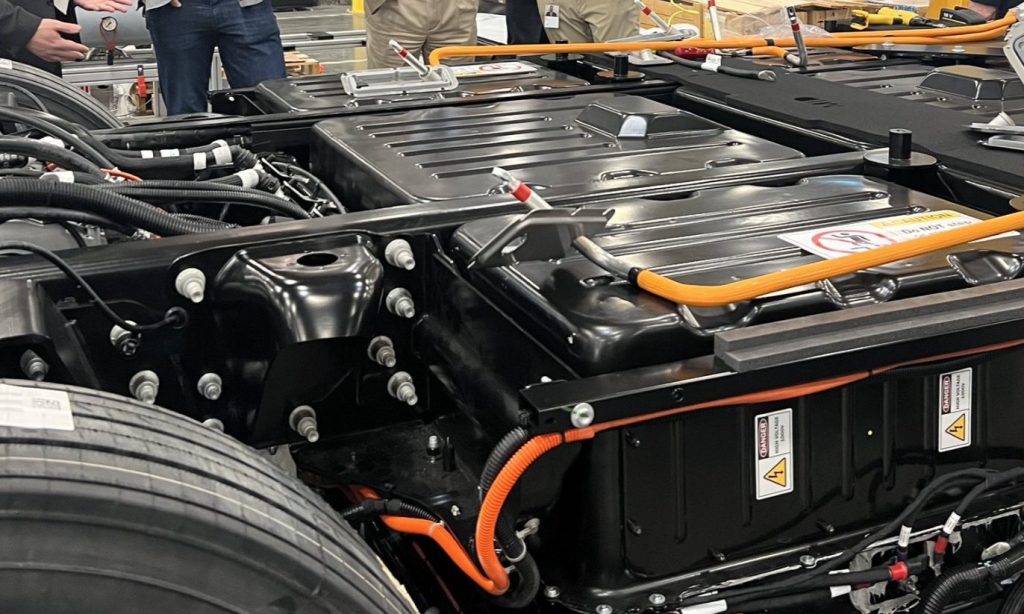
It proved so difficult that some manufacturers that started development in the late 2010s still haven’t been able to deliver their trucks. Others have started deployments in a testing phase with some retailers to get real world feedback before they go wide market. In fact, only three manufacturers have units a commercial trucker can buy at this time: Tesla with the Semi EV, Freightliner with the eCascadia, and Volvo with the VNR Electric.
Brands that are expecting to have trucks on the road this year or in 2025 are Kenworth with the T680E, Peterbilt with the 579EV, and the Chinese EV manufacturer BYD with the 8TT. Interestingly, a manufacturer with the name Nikola is developing an EV semi that will combine an EV powertrain with a hydrogen fuel cell on-the-way recharging infrastructure. If it works, it could potentially travel over 500 miles before needing to recharge both the EV batteries and the hydrogen tank.
We should also note that since EV semi-tractors is such a new industry, despite several attempts at finding the information, there is no definitive tracking of how many of each brand has been sold to date. All we know is that Tesla has at least 120 orders for the Semi EV, Volvo has about 100 orders for the VNR Electric 6×4 semi-tractor, and Freightliner has 100+ orders for the eCascadia, and that’s quite literally all we could find.
Who Has Trucks On The Market Right Now
As mentioned above, Tesla, Freightliner, and Volvo all have rigs on the road right now in the USA and Europe. The thing about each is that they have all been designed with wildly different use cases in mind.
Tesla Semi EV
The Tesla is meant to be a medium-to-long-distance hauler with the ability to recharge very rapidly. Tesla is planning to deploy “Semi Megachargers” in the near future, at a cost of nearly $100 million, through the Southern United States. These megachargers will take advantage of the 1,000V network inside the Semi EV, which is one of the reasons it is also perhaps the most efficient of all EV semi-trucks at the moment.
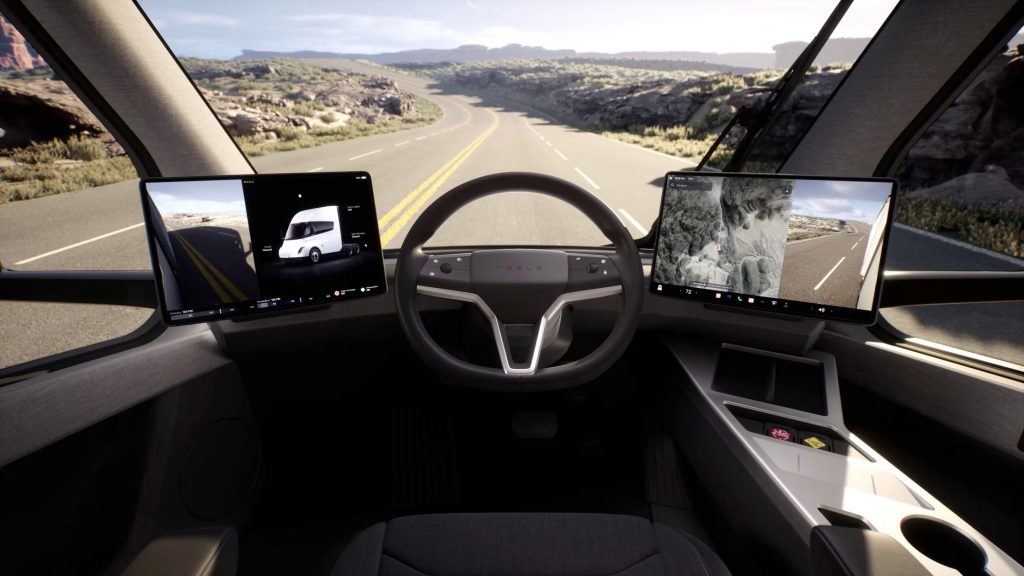
Powered by three motors on the axles, with one always at optimum power and the other two kicking in to help with acceleration and braking, the Semi EV is rated to use less than 2 kWh per mile. That efficiency is doubly impressive when you realize that with all three motors running, the Semi EV produces three times the power of a typical turbo-diesel semi.
The news keeps getting better. During the deployment with PepsiCo, average efficiency has been reported as a pretty staggering 1.64 kWh per mile, which has caused Walmart, Costco, Sysco, Martin Brower, and US Foods to all begin testing out the Semi EV for their medium length hauls between states from distribution centers.
Freightliner eCascadia
Freightliner has not gone after optimum aerodynamic efficiency for their electric semi, instead focusing on “short haul, last mile” distribution work. Because of this, it does not have as large a battery pack as the Tesla, but it does have two very, very powerful motors. In fact, it has almost 50% more torque than the Semi EV, but it counters that with having potentially the shortest range of the three big EV commercial trucks on available now.
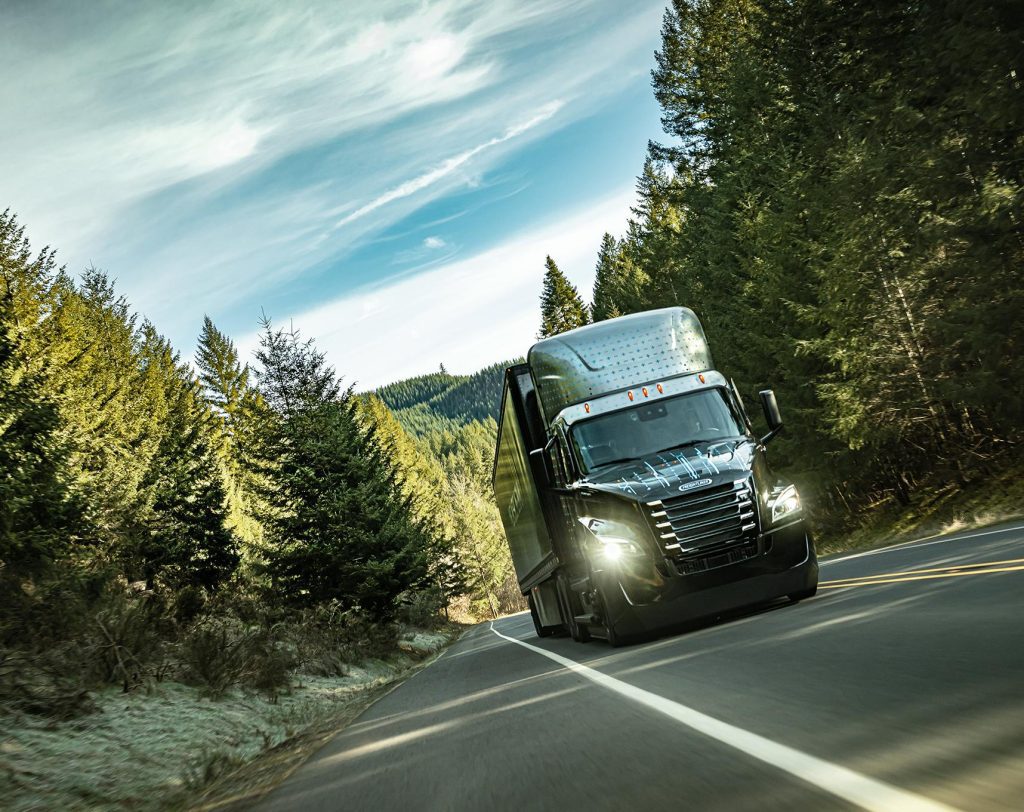
Because local distribution can also sometimes incur the heaviest loads, the eCascadia has two towing modes, three range ratings depending on power needed, and four different maximum power outputs. While that may sound complex, the thing about the truck is that the driver only needs to worry about the towing mode, and the computer on board figures out everything else. It also uses regenerative braking to extend range as well as assist for hill descents without the driver needing to ride the actual brake discs until the computer determines its necessary.
The eCascadia also has a “transmission” although it is more of a torque converter than an actual geared transmission, so that even with just one motor running, it will still turn both axles. As well, since it doesn’t have a dedicated charging network like the Tesla Semi EV will have, Freightliner have been rather inventive in their solution. Instead of having a single charge port, the eCascadia has two, both capable of 200 kW charging (nominal 180 kW) from DC fast chargers.
Volvo VNR Electric
Coming in between the Tesla and the Freightliner, the Volvo VNR Electric is a dedicated regional transport. It is not a long haul semi, nor is it meant really to be an in-city local distribution vehicle. Instead, the Volvo has been designed with interstate and highway running as its primary usage mode. Because of this, it is astonishingly efficient in that subtly Swedish way that all Volvos seem to be.
While we will go into the dedicated specs in a moment, it must be mentioned that even in the base setup (one motor, four batteries), it will still crank out 4,051 lbs-ft of torque at 0 RPM, the biggest figure on this list. Of the three, it also is the only one with an actual transmission built into the motor. That way, it will provide huge grunt to get up and rolling, and once rolling shift into an efficiency mode for highway travel at up to 70 MPH.
The VNR Electric can also be configured in five different ways, from a straight beam chassis truck to a 6×4 semi-tractor. As is quite typical of Volvo, they also have an options list the length of your leg three times over, even for the EV semi-tractor. For the considerations for this article, however, we are only looking at the semi-tractor style, which comes in 4×4 or the 6×4 battery-to-motor ratio.
It should also be mentioned that of all the companies, Volvo also has the largest selection of light commercial electric trucks, such as their FM series for in-city point-to-point light haul, FE straight truck series, and FL delivery trucks.
Specs: The Three Big EVs On The Road
Tesla Semi EV
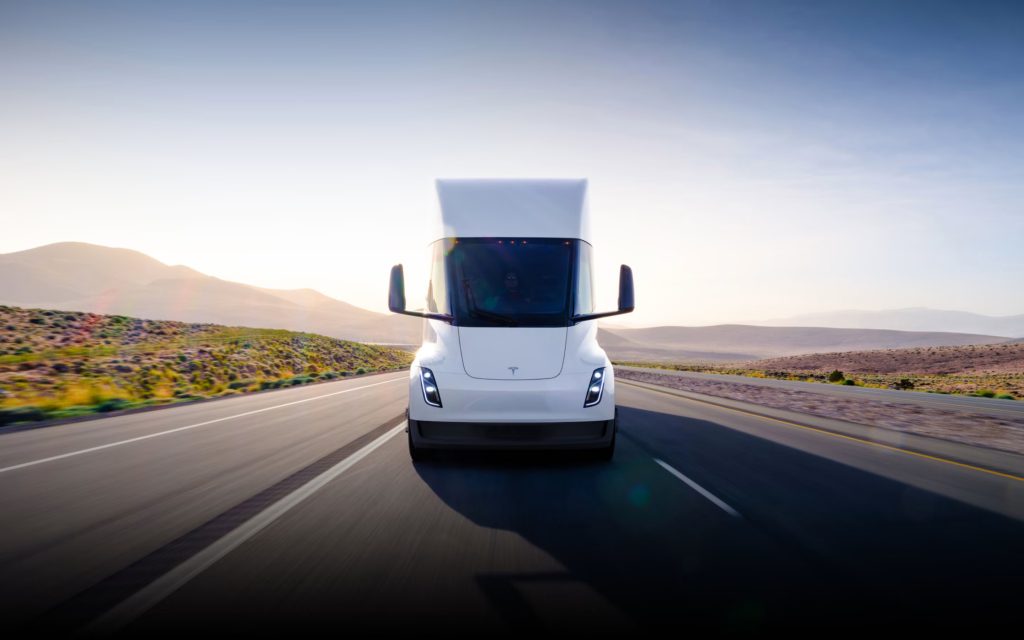
- Price: Starting at roughly around $160,000
- Battery Pack: 900 kWh
- Drivetrain: 3x Tesla Independent Sealed Permanent Magnet Commercial DC motors on rear axles
- Torque @ Axle: 1,320 lbs-ft nominal, up to 2,000 lbs-ft peak
- Towing Capacity: 70,000 lbs nominal, 80,000 lbs maximum
- Estimated Range: 300 (triple motor running) to 500 (dual or single motor running) mile
Why It’s Great:
- Highly efficient at less than 2 kWh per mile, with real world data confirming that
- Designed for medium interstate hauling
- Has sensors and cameras already installed for when Commercial Autopilot is released, giving the Semi EV semi-autonomous driving capabilities
- Highly integrated safety systems such as motor locks to prevent jackknifing and trailer oscillations
- Compatible with all current commercial 18 wheeler trailers
- Biggest battery pack out there
Why It’s Not So Great:
- Battery packs have had seal issues after crash tests and in real world crashes, which has led to one major fire that closed a highway for 18 hours and used 50,000 gallons of water to extinguish
- Has replaced many familiar controls for truckers with two Tesla infotainment touchscreens, making things like changing the climate control a chore
- Until the Megacharger network is implemented, relies on Superchargers. Most Supercharger stations are designed for consumer vehicles and not a semi-tractor pulling a full trailer
Freightliner eCascadia
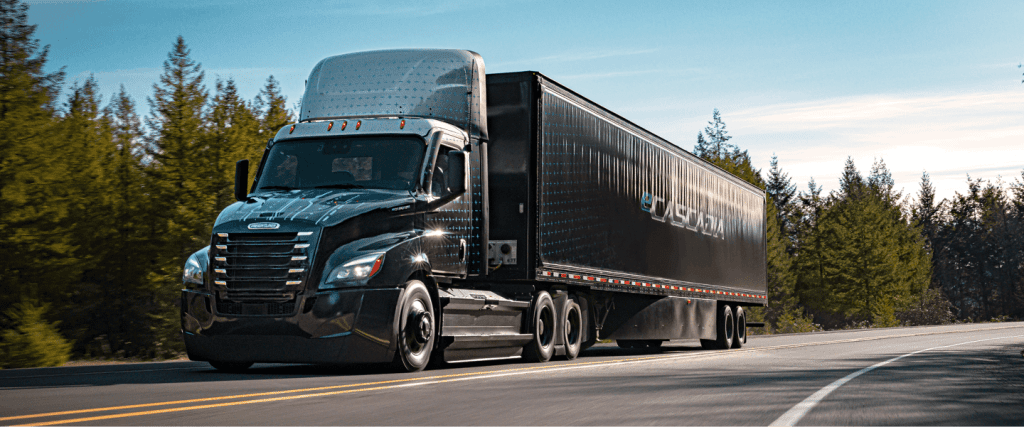
- Price: Approximately $210,000 for base spec
- Battery Pack: 291 to 438 kWh (depending on towing mode)
- Drivetrain: 2x Detroit eAxle
- Torque @ Axle: 1,850 lbs-ft nominal, up to 2,300 lbs-ft peak
- Towing Capacity: 65,000 lbs nominal, 82,000 lbs maximum
- Estimated Range: Up to 270 miles in most efficient setup, 150 to 200 miles nominal
Why It’s Great:
- Familiar to a trucker already on the road with a “Traditional cab layout”
- Loads of grunt for in-city speeds and distances
- Two towing modes with the on-board systems figuring out the rest, with those modes being “Single” and “Tandem” in terms of how many motors to use
- Capable of charging from two DC fast charging stations at once for a combined 400 kW max, 360 kW nominal charge draw
- Very efficient layout of batteries and motors in one big “sled” between the chassis frame members
- Even if only one motor is being used, has a torque converter “Transmission” to make sure both axles are powered
Why It’s Not So Great:
- Has limited regional distribution capability
- Very short range when fully loaded to maximum tow capacity and in tandem mode, only about 150 miles per charge
- Has no Level 3 charging capability (Supercharger, Megacharger, et al), instead relying on Level 2 DCFC
Volvo VNR Electric (Semi-Tractor Specs Only)
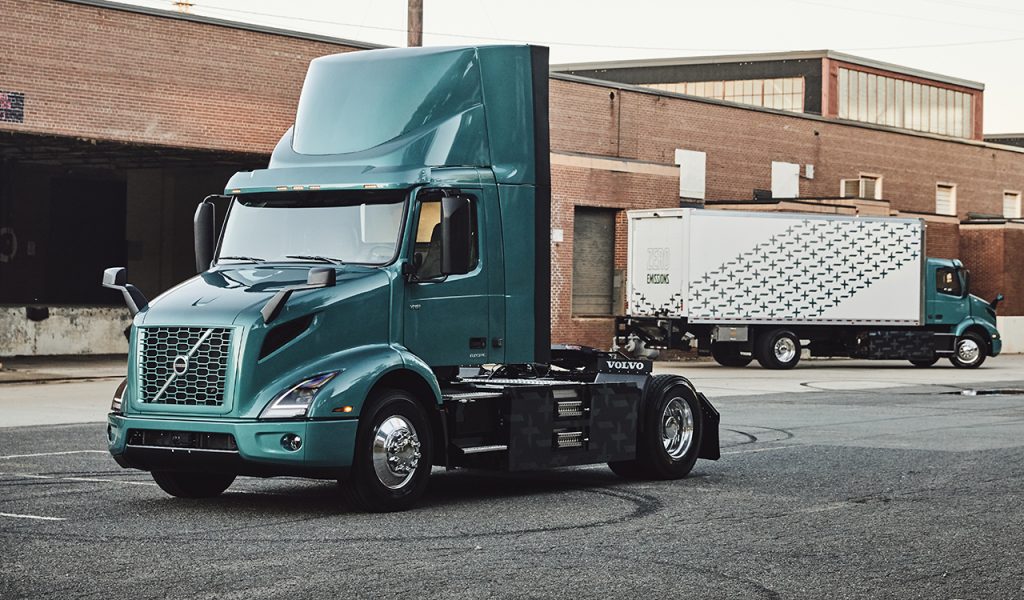
- Price: ~$200,000 to $350,000+ depending on spec
- Battery Pack: 291 to 438 kWh (depending on towing mode and spec)
- Drivetrain: Single or Dual Volvo I-Shift DC motor depending on 4×2, 6×2, or 6×4 setups
- Torque @ Axle: Approx. 1,700 lbs-ft nominal, up to 4,051 lbs-ft peak
- Towing Capacity: 65,000 lbs nominal, 82,000 lbs maximum
- Estimated Range: Up to 275 miles with six pack battery spec with dual axles, 150 to 175 miles on four pack with single axle
Why It’s Great:
- Volvo has been making semi-tractors since the start of the hauling industry, so their trucks are very familiar and well laid out
- Exceptional peak torque on demand to get even the heaviest loads moving, almost twice the power of the equivalent turbo-diesel semi Volvo makes
- Can be set up as a short-haul four battery unit, or a medium-haul six battery unit
- Auto-senses the load in a trailer and will lift or lower the rear suspension to keep weight balance as close to 50/50 as possible
- Built alongside the class 8 turbo-diesel models as Volvo has adapted the production line to handle both ICE and EV trucks, streamlining production to get trucks to customers faster
- Batteries are very low down and central to the truck, which makes the ride smooth and controlled. Six pack models have the other two packs attached to the back of the cab, still low to the chassis so handling isn’t compromised
- Volvo’s full suite of safety systems is included, including braking assist, anti-jackknife system, radar-assisted electronic cruise control, and the like
- Perhaps the most advanced and intuitive regenerative braking system for downhill sections that makes it feel like engine braking without the noise, and can be set up to automatically activate if a sensor detects a downward grade
Why It’s Not So Great:
- Is the priciest on this list as the lower price models are meant for use as box-trucks or extremely-short-haul delivery and distribution vehicles
- Despite its highly advanced powertrain, it still uses Class 2 DCFC charging systems, and unlike the eCascadia, it is limited to just one plug-in port
- With a lot of systems and a lot of sensors, more than even the Tesla Semi EV, there are a lot of potential points of failure
Why EV Semi-Trucks Might Have A Short Lifespan Of Only 20 Or So Years
During research into this article, we found that while there are manufacturers hoping to cash in on the EV revolution, a lot more interest is in driverless hauling. There are even some proposals out there that are looking at implementing driverless systems by as early as 2035. But what is driverless hauling?
Apart from being apparent in the name, the expectation is that instead of having to build a full truck with room for a human driver, EV “auto-tractors” will instead be used to distribute goods. There are multiple advantages, as well as several disadvantages, to this system, many of which are being tested out even now by companies such as Einride in the USA.
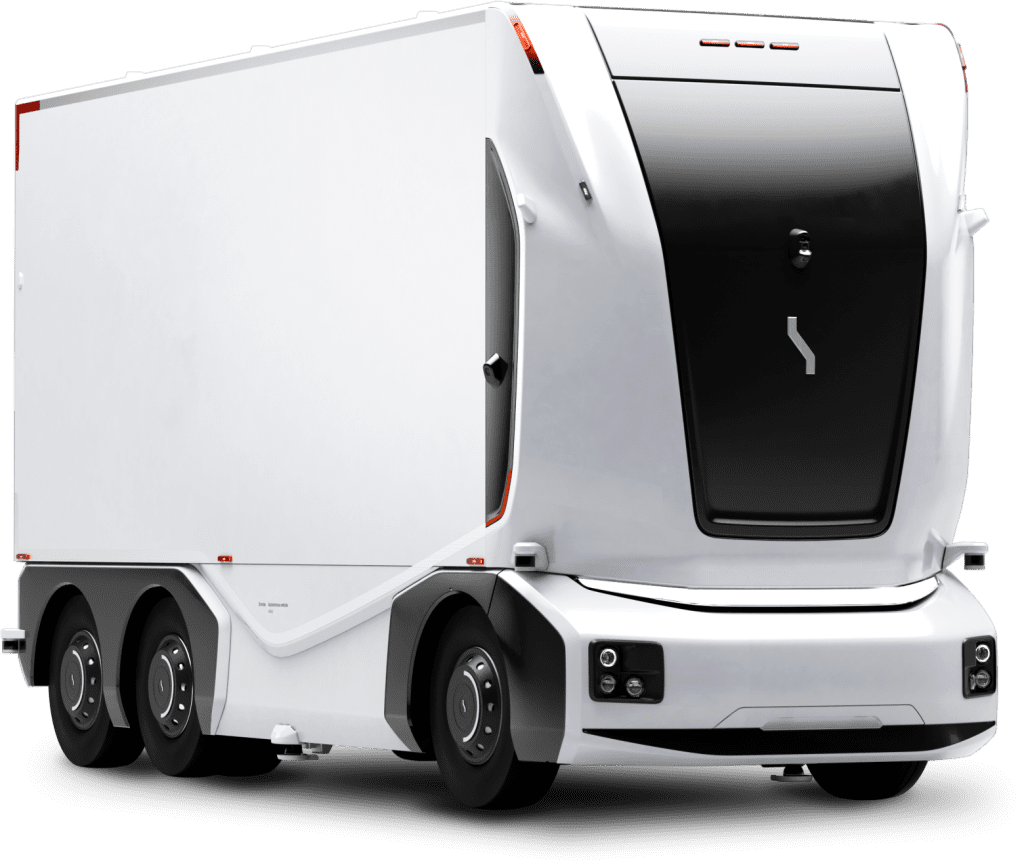
The obvious advantage is that an autonomous sled can’t get tired. It is a distributor’s dream to be able to have cargo moving 24/7/365, and with autonomous tractors, that might be much more feasible than previously thought. There will be no need to limit hours, sign off at a specific time to get sleep, or any such “human-centric” concerns. It will be much more along the line of “Oh, they need that delivery by 3:00 AM? Send the sled out at 11:30 PM to get there on time.”
It will also be much less expensive to build an auto-tractor, as there will be no need to worry about any concessions to human comfort. No cab, no bed in the back of the cab, no power-sucking A/C system, just the motors, the battery packs, and the control system, all efficiently packed for optimal cooling and redundancy.
The disadvantages cannot be ignore, however. Without human supervision, the safety of such a system would need to have a fully integrated Level 4 autonomous driving system (no human supervision, moderate decision making software), which is still something that hasn’t been achieved yet. As well, if a sensor malfunctions or doesn’t read a signal correctly, such as detecting a vehicle stopped ahead or even more concerning a pedestrian crossing the road, the results could be catastrophic.
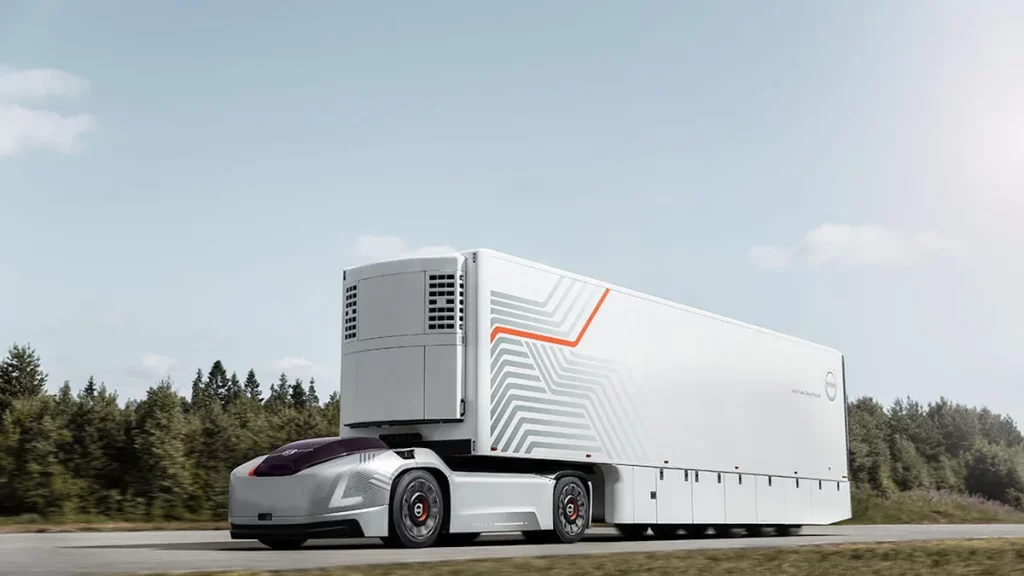
There is also the paradigm in computer technology of “there are no perfect systems.” You can program the hell out of some very strong firmware that is bug checked, tightly coded, efficient in operations, but a million to one situation could throw that all out the window in a heartbeat. Hopefully there would be a failsafe in place to cause the auto-tractor to pull over and power down!
It is for that reason that systems implemented 2035, if they are even coming that soon, would still probably have a human monitoring. It is only with a Level 5 autonomous driving system (no human supervision, full decision making software) that auto-tractors will likely be a reality. Every bit of research and projection shows that by 2045, we should reach a Level 5 system.
At that point, well, we’ll just have to see what happens.









